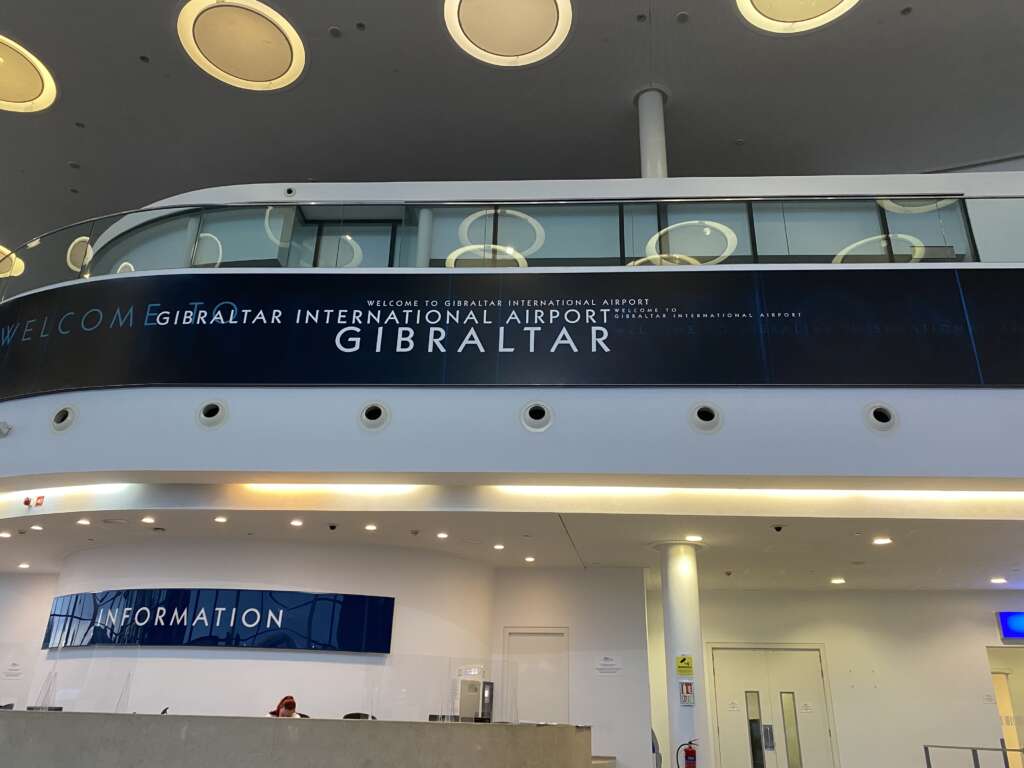I flow out from the U.K. on the 5 February from Gatwick with Aegean airways to Athens international airport. I had to stay overnight near the airport as I was getting the Olympic flight the following morning to the small island of leros near Turkey.
Leros is one of the small islands in the Dodecanese in the southern Aegean Sea. It lovely small island with population of about 8000. The main capital is Lakki which has one of deepest safe harbours in eastern Aegean. The town has art nouveau feel about it which was built by the Italians in early part of the last century.
I arrived at Athens airport to fly out to leros but the flight was cancelled due to high winds. The Passat were gathered together and we walked over to 5 star Sofitel hotel directly across the main road from Athens airport. I tried twice more on 7/8 February to fly to Leros direct cancellations again due high winds. Sunday morning I flow instead to Kos. With an overnight stay in Kos town to take fast ferry to Leros on the Monday morning.
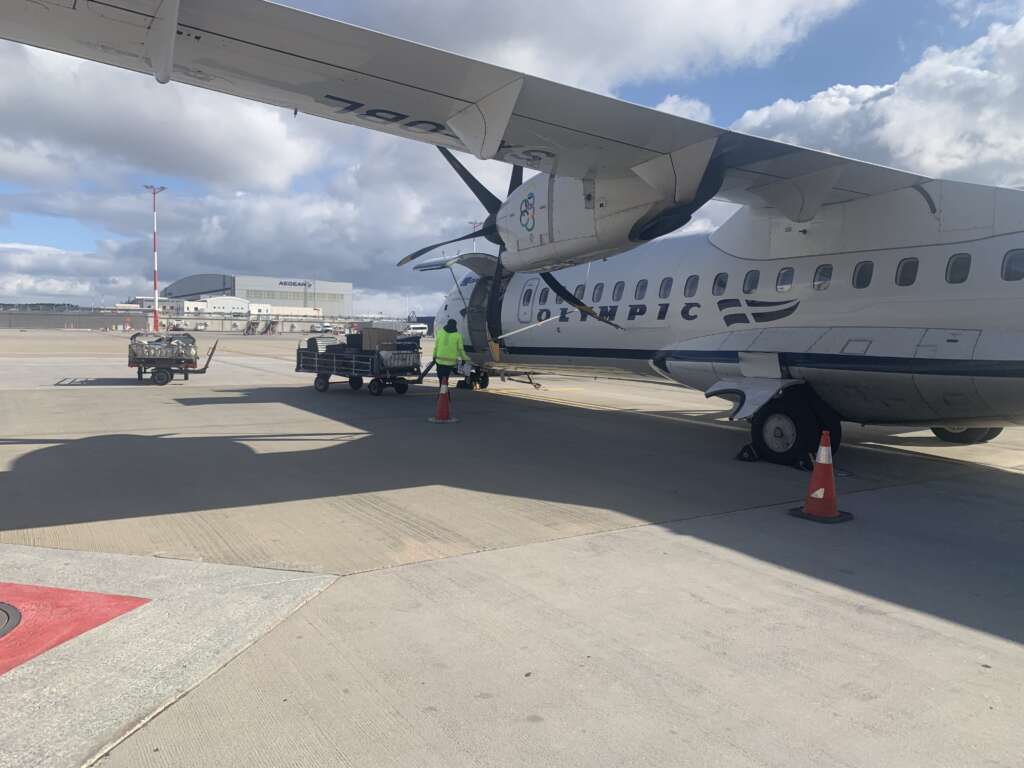
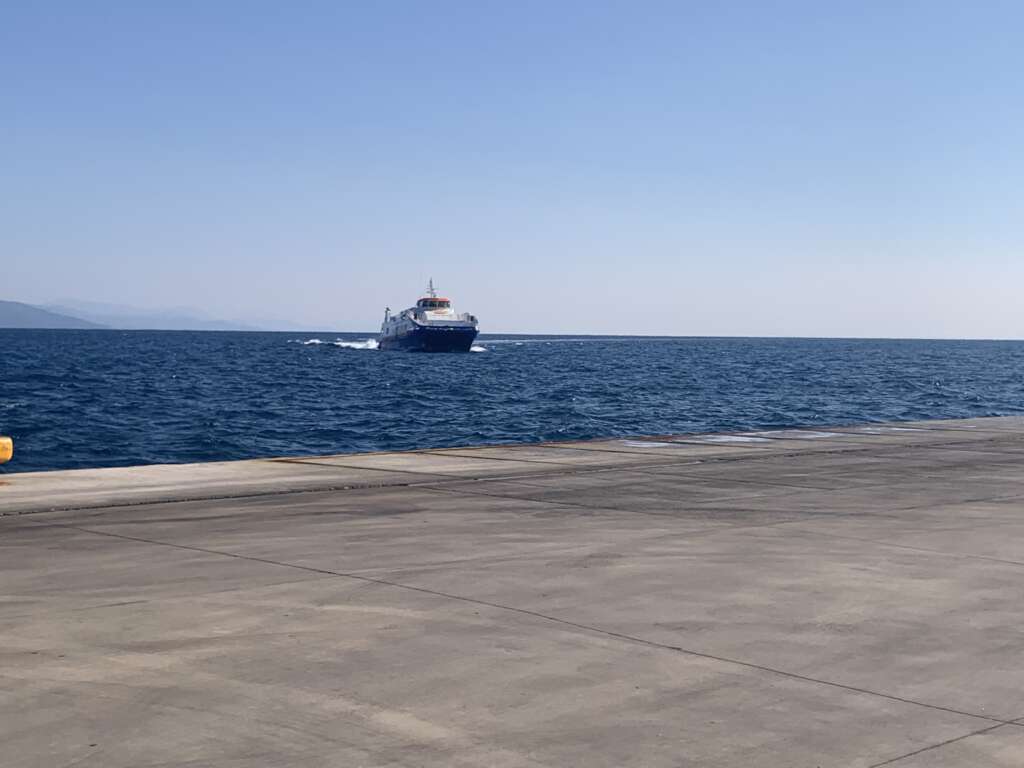
I hired a car when I arrived in Lakki called into the supermarket on the way to northern part of the island to rejoin Stella Polaris at the Artemis boatyard next to the airport at Parteni. I chuckled to myself when I heard the Olympic aeroplane land at the run way right next to Artemis boatyard!
I was surprised how cold it was when I arrived both in Athens and Leros. I had to put on my small 2kw oil filled radiator to keep the saloon warm whilst onboard Stella Polaris. When I arrived the fitter was finishing off my new Quick anchor windless. My old one kept tripping out and it wouldn’t operate both ways. Only hauling up the anchor. I’ve since used it to anchor and it’s excellent and very easy to use.
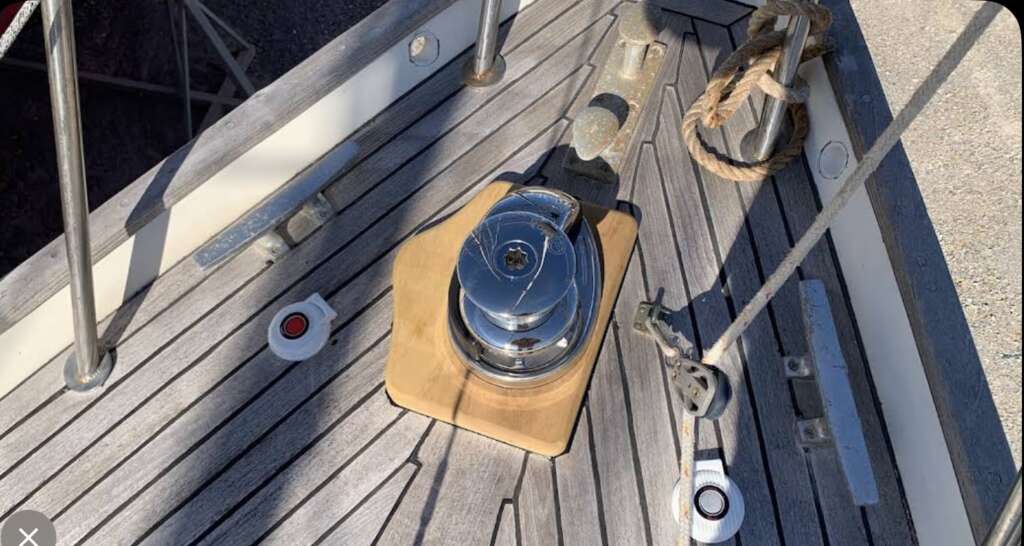
I have 20 metres of chain and the rest or 35 metres is rope rode. I found in the past too much chain in the anchor locker can get fouled up. I had read a book on anchoring they recommended this configuration. The chain needs to be running parallel to sea bed to help holding of the anchor being CQR type. In warmer climes I do get into the water to check the anchor for good holding and security. That’s if I’m at anchor for a while.
I had have some extra work done on the engine did have a new starter motor fitted. A sail boat is constant maintenance project. I repainted the hull changed and changed the anodes. I was launched on the 14 March and headed out across the Aegean Sea to the Peloponnese headed north to a Kalamata famous for its olive oil. The Aegean is full of small islands that you have to carefully negotiate.
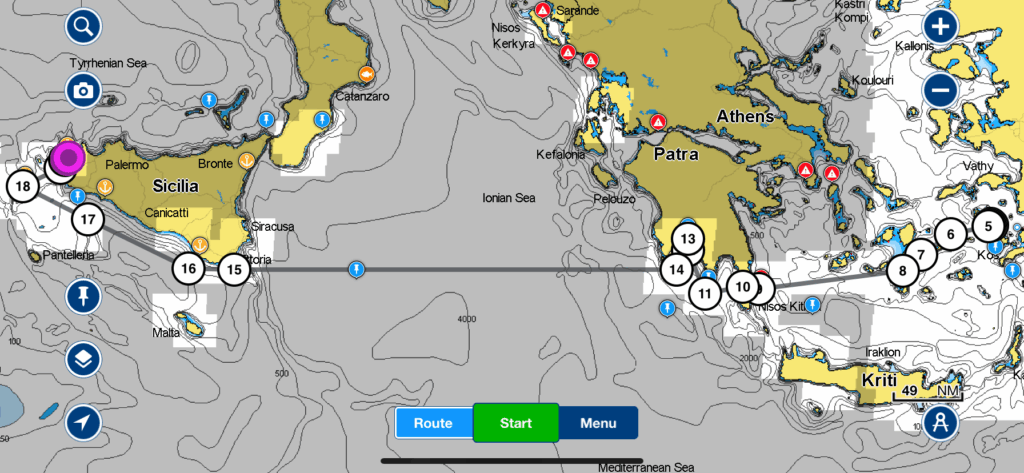

After checking out I left Kalamata headed for Sardinia crossing the Ionian Sea. I knew there would be strong easterly winds off southern Sicily. Yes they blow up to about 28 knots it was following sea as I was running down wind. Stella Polaris was starting to be go a little too fast. I was goose winging spinnaker pole out to port main out to starboard. I needed to pull the main in to reduce speed. As the main sail had three reefs in. But there was still too much canvas. I didn’t want chance turning into the sea to drop the main sail due to rough breaking seas.
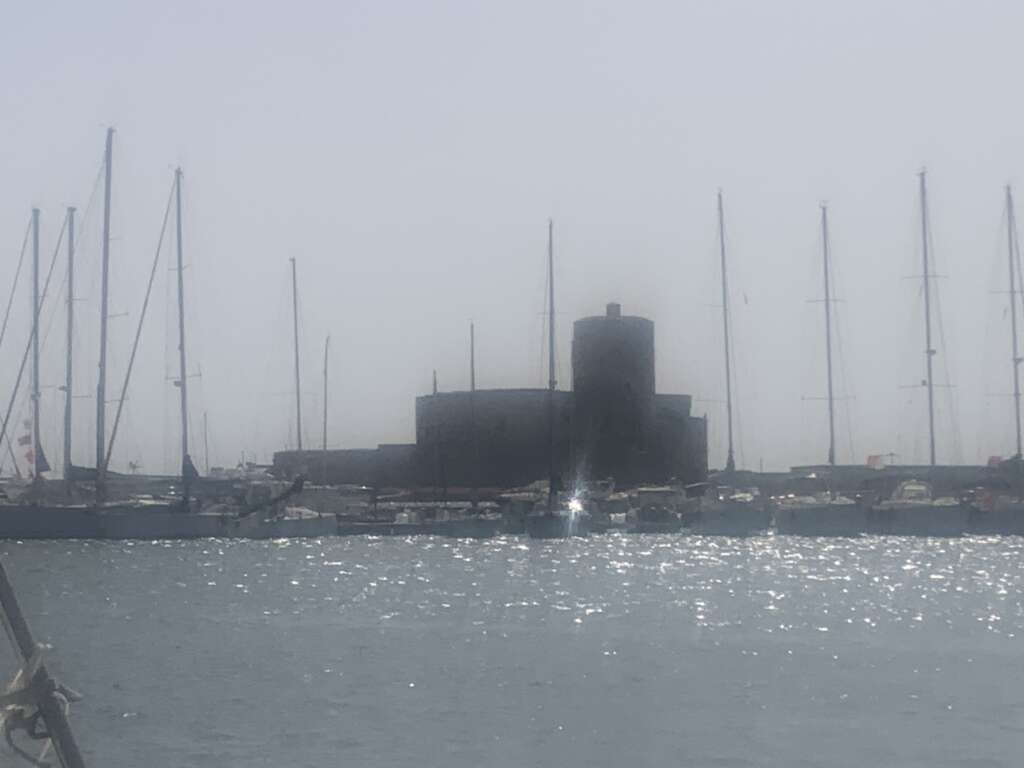
Off the western end of Sicily the wind changed in westerly direction and I decided to sail to Trapani at the western end of Sicily instead of Sardinia. I had once been in before and it was well protected harbour. I spoke with the coastguard the recommended that I anchor near the old fortification of Colombaia. It’s excellent holding with clay type bottom. I had said to coast guard I need a repair to my mainsail. It was frayed at the top near the bolt rope luff.
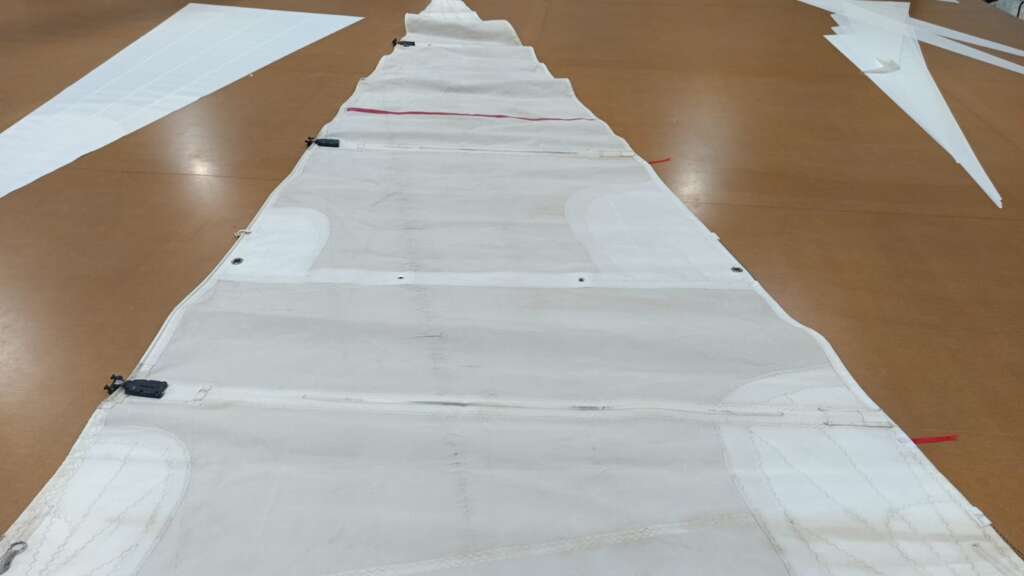
Following morning I had knock on the hull local marina rib had come in to guide into a pontoon mooring. I contacted local sail maker at Masala who came out immediately took the sail away for repair. I asked to put in fourth reefing point. He rigged up a claw type temporary reefing arrangement. I really please with quality and speed of his work. I had decided to get a powerful spotlight for night pilotage into dark anchorages. Especially to watch out for anchored vessels or any objects in the water. I called into small chandeliers around the corner from the fishing harbour.

The owner and his young assistant were extremely helpful. They rigged up a spot light for me. I was that pleased with how they helped I asked about an AIS system. AIS uses GPS and VHF radio technology to provide real-time information on vessel positions, identities, and navigational status.
The owner recommended Raymarine module and it was connected to my VHF radio. This was great purchase for safety at sea. Great indication of vessels position, speed, course and closest point of contact. Which proved to be really invaluable from Sicily to Gibraltar.
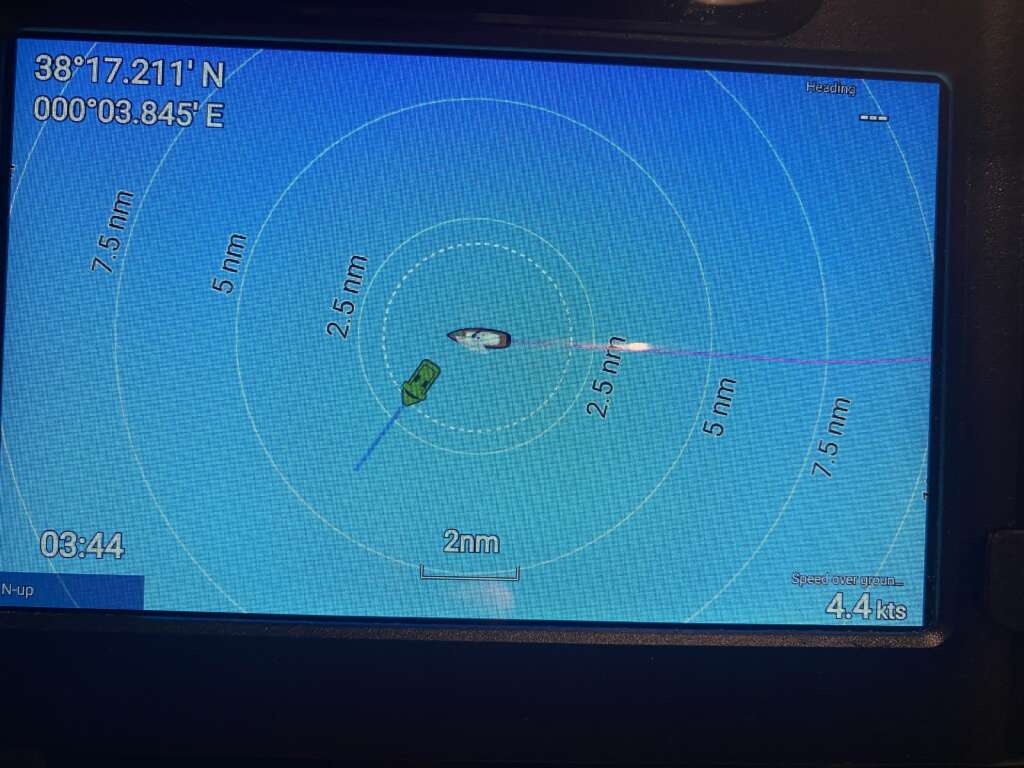
After leaving the pontoon I fuelled up went back around to the anchorage by the old fortification. In the morning the sky to north east did look very ominous it was blackish grey. I saw another sail boat leaving the harbour with its mainsail and job out. I thought I won’t chance my main sail. Motored out under a furled genoa. Winds increased and the sea state became pretty rough.
I was down below suddenly the new AIS alarm went off! I popped my head up and saw slightly ahead a fishing boat trawling in the rough seas. Checked the AIS monitor carefully thought I’ll need to speed up the boat to run in front of him. I could see there was no one in the wheelhouse. Phew and wow this AIS system has payed for itself already!
I left Trapani knowing there would be strongish easterly winds once I was off southern Sardinia I could see the winds starting to freshen up and I set up the spinnaker pole and put the in the new fourth reef in mainsail set the boat up for down wind sailing. The new set up was perfect for the wind conditions. I headed on course for Alicante on Spanish coast south of Valencia. To the north I could see Ibiza and the island of Formentera.
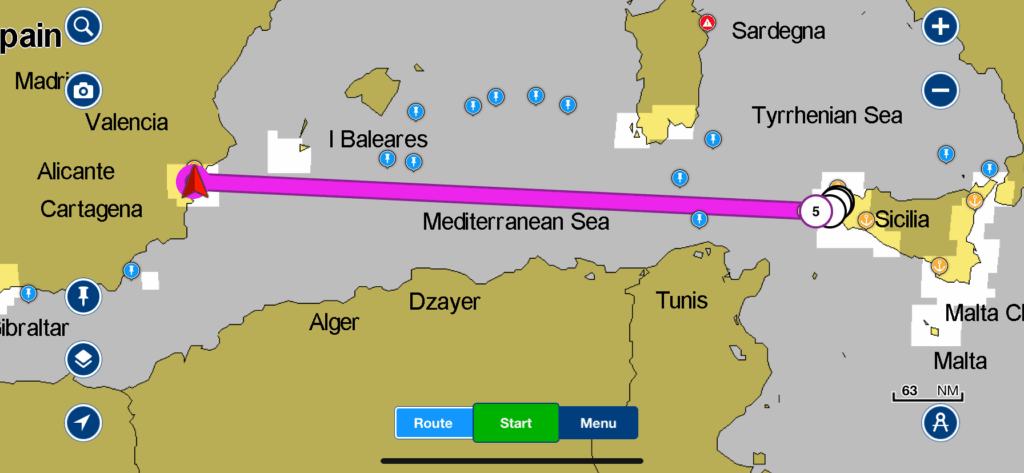
I was pleased to arrive at Alicante after nearly 1600nautical miles from Leros. I stayed a few days with old sailing friend Juan who had a family holiday home close to Albacete. It was his wife’s family home as a child.
Juan took to the Knife museum in Albacete famous for the locally made folding knives called alpaca. Juan took me to a specialist manufacturing shop called Simon Cuchillerias
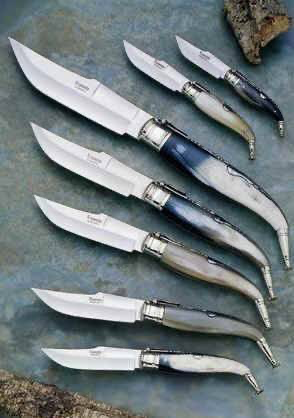
Juan was due to sail with to Gibralta but due adverse winds I said I’d have to delay leaving until more favourable winds blow from the east. Eventually I left Alicante to Cartagena winds were light at the start but making the headland of Cabo de Palos they changed against me. 0once rounding the headland for Cartagena the wind was on the nose and sea became very rough. It took me all night to make Cartagena along the southern coast. I couldn’t understand why the sea state was so rough? I looked at the chart realised the continental shelf was very narrow. Went from 90 metre to 2500 metres. This must cause the sea on certain wind directions to back up and cause turbulence sea condition. I arrived safely at first light and the sea calmed down when I arrived into the well protected inner harbour. Tired but relieved I’d made another harbour safely.
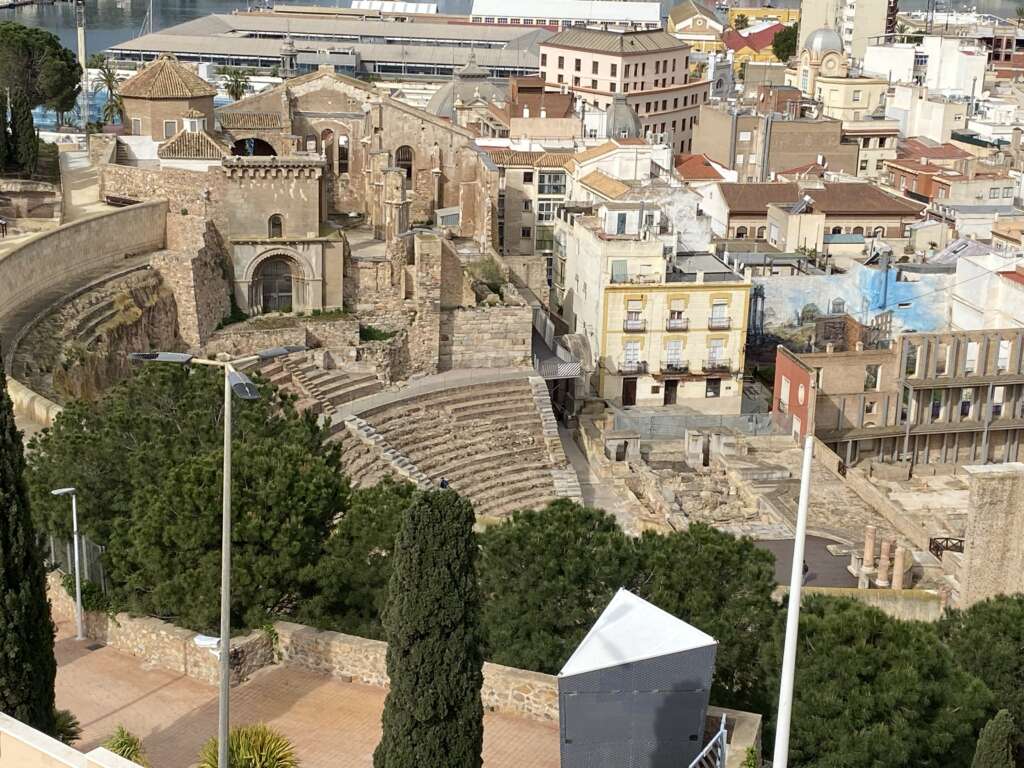
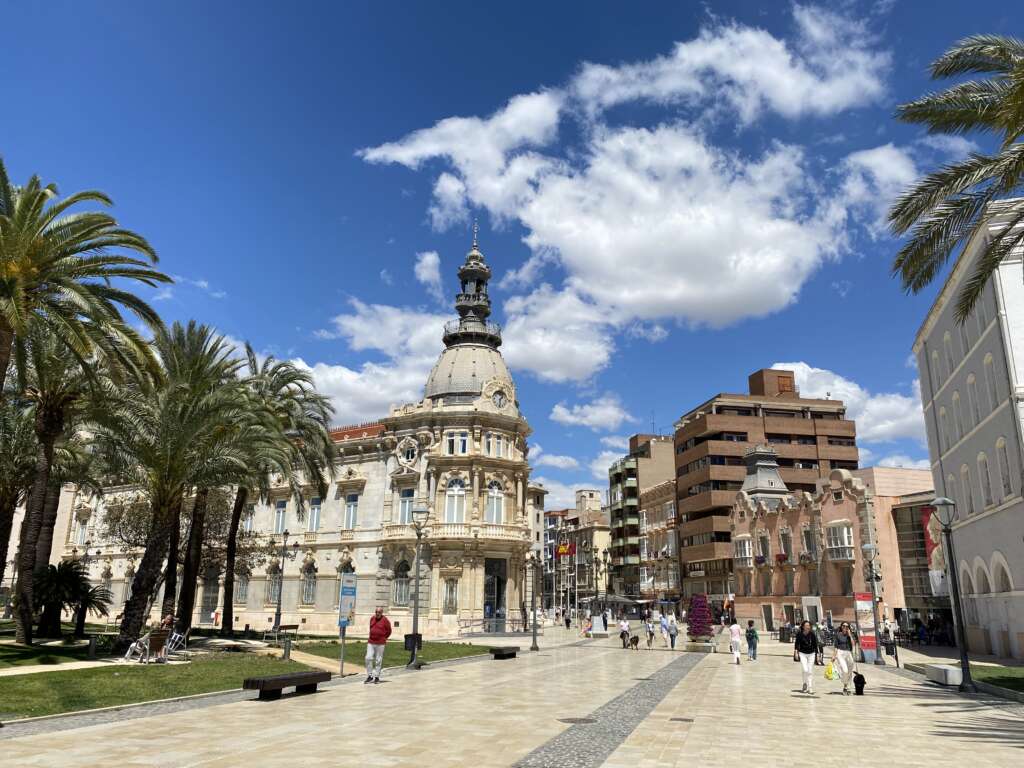
Cartagena has interesting history both Phoenician and Roman. With amphitheatre and an old Phoenician walk. There’s an Islamic fort over looking the harbour. Also the remains of Roman villa. Hannibal evidently set out from here with his elephants fought his way over the Ebro river and scaled the Alps and caused 25 years of havoc against Romans on the italian peninsular. He constantly outwitted and outmanoeuvred the Roman military machine.
Eventually I was able to leave Cartagena for Gibralta due to the winds slowly changing to the east. I was amazed at the amount of shipping anchored off the rock of Gibraltar. The bay of Algeciras was full of rafted ships waiting to go into the various terminals to offload fuel and cargoes. I anchored just off the Alcadeisa marina. In the morning I went on to the holding area and reported to the marina captains office. Got a berth I went around to dock up on a finger pontoon.
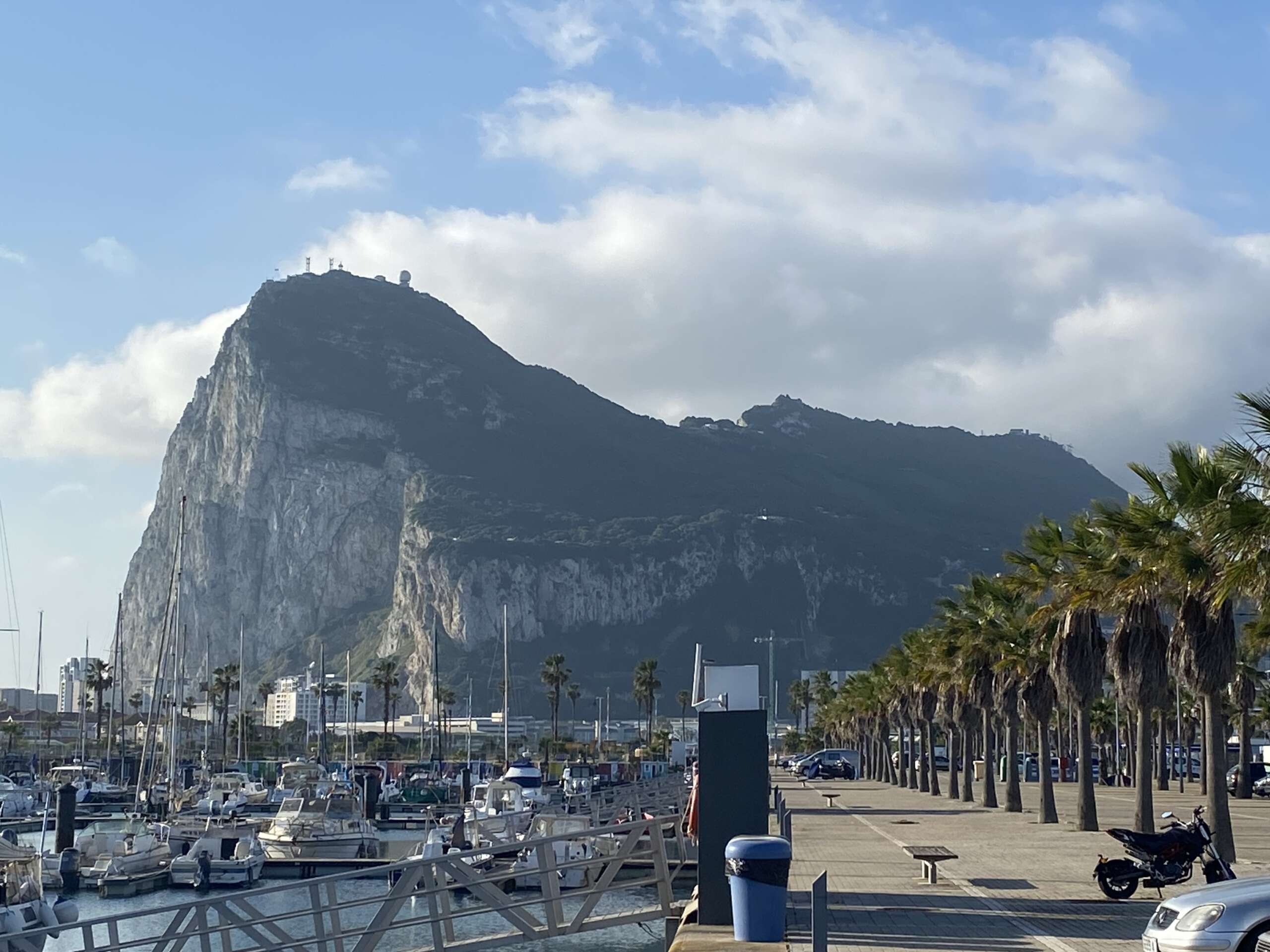
I flow out on the 27 April to the U.K. Manchester airport to visit my sister family and friends in north wales. I was able organise various items and to look at blue water insurance for Stella Polaris. Overall I sailed 1700 nautical miles from Leros to Gibraltar. With a few really rough passages thrown in!
